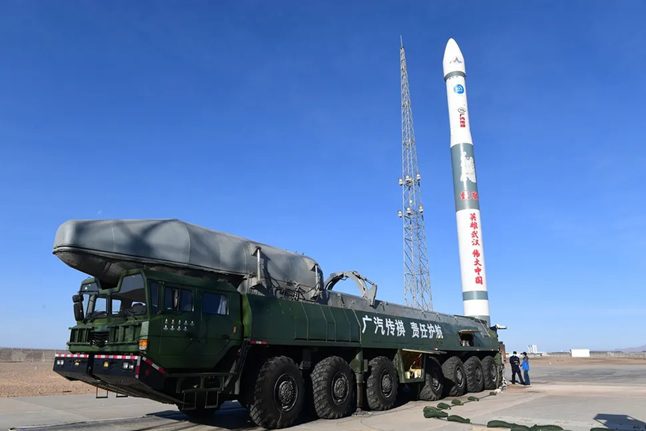On 29 September, Elon Musk, the enigmatic founder of SpaceX,took the stage at the National Press Club in Washington, DCto announce that SpaceX would develop a fully reusable rocket. SpaceX, and Muskin particular, have always been straightforward about their intention to buildsuch a vehicle, but this marks the first official announcement.
It is no coincidence that Grasshopper, a reusable suborbitalvehicle, was publically revealed only days before in a much less spectacularmanner – SpaceX had to reveal certain details to the FAA for a mandatory siteenvironmental review, and the FAA is legally obligated to publicise theresults.
Though Grasshopper is suborbital, it was immediately evidentthat it was not a dedicated suborbital launch capability – it is evidently notmuch more than a Merlin 1-D engine and fuel tank with struts to keep it off theground.
At a recent AIAA talk, Musk characterised building reusable rocketsas, “super-damn hard.” And he meant it.
The Space Shuttle is the closest thing to a reusablelauncher ever built, but even that system barely meets the definition. TheShuttle itself, the reusable part, is for practical purposes actually acombination second stage/steerable capsule. The first stage consisted ofmassive solid rocket boosters, which were separated when no longer necessary.They tumbled back into the Atlantic Ocean, tobe hauled in by ships and never used for flight again.
After a flight, the Space Shuttle required extensiveprocessing to make it ready for another flight.
Musk said the first stage of a reusable Falcon willseparate, then fall back down, reignite the engines, and land vertically on thelaunch pad. The second stage will carry the payload to orbit, fire thrusters tore-enter the atmosphere, steer throughthe atmosphere using its tiny lift quotient, then reignite its own engines andland vertically on the pad.
The main obstacles of a reusable spacecraft are heat andweight.
Heat is generated by the friction of moving through the atmosphereat hypersonic speeds, and dissipating heat is one of the major challenges ofany spacecraft. The first stage will have to survive the flame from the secondstage once it separates, and the second stage will need extensive shielding tore-enter safely, much less steer and execute a precision landing. Of course,that extensive shielding adds a whole lot of weight. SpaceX declined to commenton just how they would solve that problem, but they wouldn’t spend the money ifthey didn’t think it could be done.
Even ‘disposable’ launchers can only launch payloads ofroughly 2-4% of their total weight. It requires an incredible amount of thrust,which requires more powerful engines, which require additional fuel, which addsmore weight, which requires more thrust…
Not to say it’s impossible of course, but it is, as Musk putit, “super-damn hard.”





